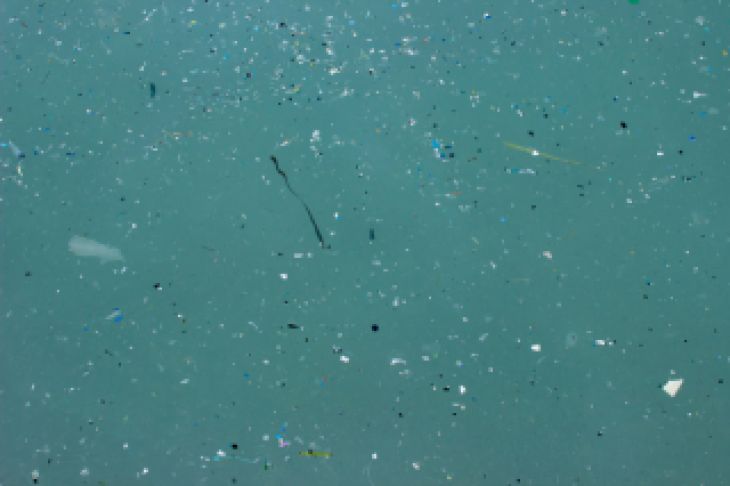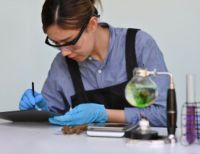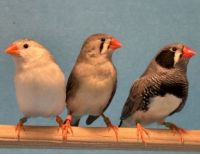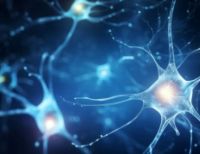A McGill-led research team has developed the first real-time, on-site technology capable of detecting and deciphering nanoplastics from all other particles in water, a capacity akin to being able to find a needle in a haystack within milliseconds.
Microplastic pieces are between 1 micrometre and 5 millimetres, roughly equivalent to a grain of rice. Nanoplastics are far tinier - a single nanometre is just 0.000001 millimetres. For comparison, a human hair is approximately 80,000–100,000 nanometers wide.
"This technology has the potential to revolutionize how we monitor and manage plastic pollution, ultimately contributing to the preservation of our environment," said Parisa Ariya, James McGill Professor in the Departments of Chemistry and Atmospheric and Oceanic Sciences at McGill, the study’s lead author.
According to the United Nations Environment Programme (UNEP), the equivalent of approximately 2,000 garbage trucks full of plastic is dumped into the world's oceans, rivers and lakes each day. Understanding the impact of nanoplastics on ecosystems has been challenging due to the limitations of existing detection methods.
The artificial-intelligence-powered innovation addresses a critical need for real-time analysis of plastic pollution. This technology, an AI-assisted, nano digital in-line holographic microscopy dubbed ‘AI-Assisted Nano-DIHM’, has garnered attention from experts since the innovation was unveiled in a recent publication.
A practical tool for identifying pollution ‘hotspots’
"Our research has demonstrated that the AI-Assisted Nano-DIHM can automatically detect and differentiate nanoplastics and microplastics, even when they are coated in other particles, providing a comprehensive understanding of plastic pollution in aquatic ecosystems," Ariya said.
This technology offers a practical tool for identifying and addressing pollution "hotspots" more effectively. Preliminary findings from Lake Ontario and the St. Lawrence River indicate AI-Assisted Nano-DIHM can identify micro- and nanoplastics within waterborne particles.
This pioneering technology, developed in collaboration with the National Research Council of Canada, represents a crucial breakthrough in environmental monitoring.
About the study
“Nanoplastics in water: artificial intelligence-assisted 4D physicochemical characterization and rapid in situ detection” by Zi Wang, Devendra Pal, Abolghasem Pilechi, and Parisa A. Ariya, was published in Environmental Science & Technology.














